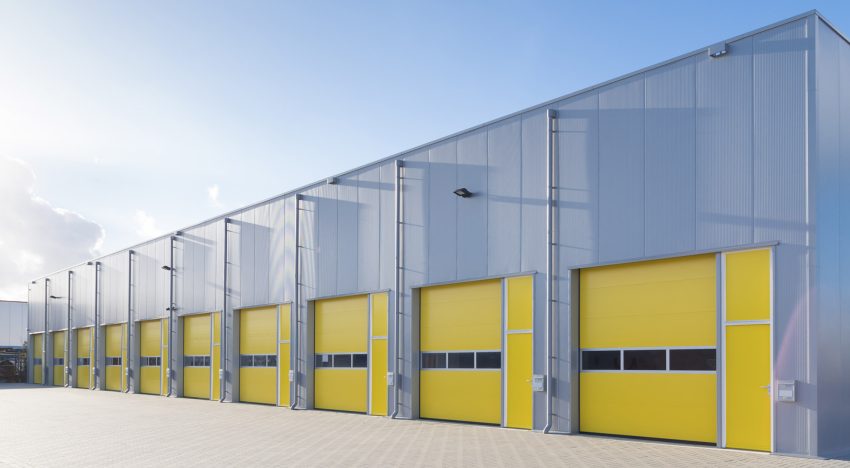These variables, which are brought about by the equipment inside the structure, have a direct impact on how quickly the moisture content changes. As in https://www.skuteczne-osuszanie.pl/osuszanie-budynkow-po-zalaniu/ The material’s temperature or moisture content are incidental or a result of this. However, as an industry, they only understand how to measure these moisture content levels and have no knowledge in managing or assessing the key parameters that determine how long it takes to restore these materials to acceptable levels. Looking at a clothes dryer is the easiest way to relate the method that their industry uses to dry these moist buildings. For instance, if it usually takes your clothes 25 to 30 minutes to dry, all of a sudden it takes your clothes an hour to an hour and a half to dry. Currently, their industry’s method for dealing with this is to keep checking the clothing every 10 minutes and saying, “Nope, they are still wet, let them dry for another 10 minutes,” until they finally feel dry. Considering both the free and bound moisture within these materials, their industry has never been able to assess or analyse the air’s potential to evaporate within these wet structures.

their industry only understands how to feel the clothes to determine whether or not they are still damp. Instead, they ought to examine the temperatures that emerge from the heating element, the airflow through the dryer, and the connection between environmental factors and drying timeframes. It seems natural that they would act in this way in this situation. But that is not what they have done in their industry. All they have to do is keep checking the clothing to see when it is dry; once it feels dry, it is dry. Once more, this is totally backwards!
All of these algorithms are currently being included into the majority of the key project management and moisture field tool software platforms used in their sector. This will make the restorer’s use of these algorithms very simple and enable them to produce a polished report for the customer and insurer.

